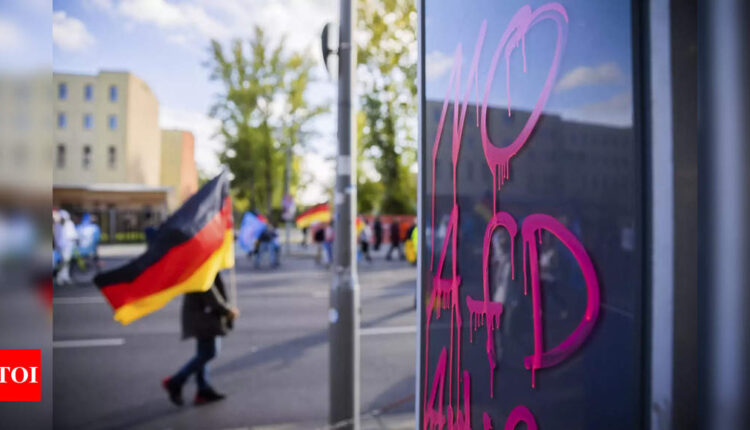German regional vote tests public mood amid energy woes – Times of India
[ad_1]
Polls open at 8:00 am (0600 GMT) and close at 18:00, with latest surveys putting Scholz’s centre-left SPD slightly ahead of the conservative CDU party of former chancellor Angela Merkel.
Anxiety about soaring energy bills has dominated the race in the northwestern region on the North Sea, providing a snapshot of the national mood as Europe’s top economy grapples with the fallout from Russia’s war in Ukraine.
Lower Saxony’s popular premier Stephan Weil from the SPD, eyeing a third term, said the election contest had been “the most difficult of my life”.
“Never have I seen so many question marks and worries on citizens’ faces,” he told WirtschaftsWoche magazine.
Weil, 63, has cast himself as a safe pair of hands in uncertain times and wants Lower Saxony, home to auto giant Volkswagen as well as most of Germany’s wind turbines, to play a leading role in the green energy transition.
He has also welcomed the 200-billion-euro ($198-billion) energy fund newly unveiled by Scholz to shield German consumers from price shocks.
Weil’s main rival, state economy minister Bernd Althusmann from the CDU, says the massive support package lacks clarity. He accuses the federal government of being slow to act as recession fears mount.
The 55-year-old challenger has billed Sunday’s vote as a verdict on Scholz’s coalition government in Berlin of the SPD, the Greens and the liberal FDP.
“If the CDU becomes the strongest party in Lower Saxony, which is realistic, it will be a serious blow to the already divided federal government,” he told the Rheinische Post.
Opinion polls put the SPD at 31-33 percent in Lower Saxony, followed by the CDU on 27-28 percent. The gap has widened in recent days.
A win would be a boost for Scholz’s SPD after it lost the last two state polls to the CDU, in North Rhine-Westphalia and Schleswig-Holstein.
The Greens are tipped to win some 16 percent of the vote, which would be their best showing yet in the state of 6.1 million voters.
The far-right AfD is polling at around 11 percent, nearly double what it scored in 2017.
The FDP meanwhile is hovering at five percent, the threshold needed to enter into the regional parliament.
One major bone of contention between the leading candidates has been the fate of Lower Saxony’s Emsland nuclear power plant, one of only three still operational in Germany.
Althusmann has responded angrily to Berlin’s decision to proceed with Emsland’s planned shutdown this year, despite the need for energy diversification as the country weans itself off Russian gas and oil.
German Economy Minister Robert Habeck, from the traditionally anti-nuclear Greens, recently announced that the other two plants will be kept on standby until April 2023, in a landmark U-turn.
Weil has backed Berlin’s stance, saying Emsland was not needed to secure Lower Saxony’s energy supply — though he conceded that other regions may struggle when the colder winter weather hits.
Weil and Althusmann have each touted their state’s central role in reducing reliance on Russian energy, pointing to the construction of import terminals for liquefied natural gas (LNG) in the ports of Stade and Wilhelmshaven.
Although the SPD and CDU currently govern together in Lower Saxony, Weil has ruled out a repeat of the left-right coalition.
[ad_2]
Source link


Comments are closed.